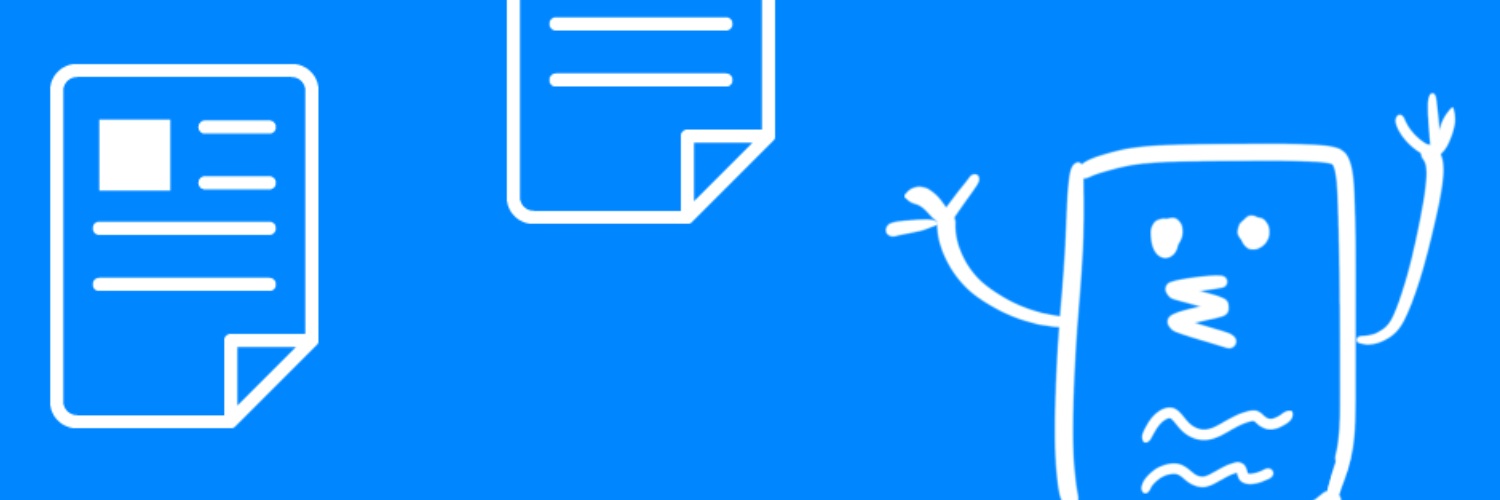Title: The Role of Propaganda in the Rise of Nazi Germany
Introduction
Propaganda tactics are often used to manipulate public opinion and influence social and political outcomes. The Nazi Party used propaganda extensively to promote their extremist ideology and gain support from the German people. This paper examines the tactics used by the Nazi Party to spread propaganda, the impact it had on the German population, and the role it played in the rise of Nazi Germany.
Nazi Propaganda Tactics
The Nazi Party employed various tactics to spread propaganda, including posters, films, newspapers, rallies, and speeches. Posters were used to convey simple messages and images that would appeal to the emotions of the German people. Films were used to promote the ideals of the Nazi Party and showcase their achievements. Newspapers were used to spread propaganda and discredit political opponents. Rallies were used to create a sense of unity among supporters of the Nazi Party and to promote Nazi ideals. Speeches were used by Nazi leaders to rally support and reinforce Nazi propaganda.
Impact on the German Population
Nazi propaganda had a significant impact on the German population, particularly during the early years of Nazi rule. Propaganda was used to create a powerful image of the Nazi Party as a strong and unified force that would restore Germany to its former glory. The propaganda message was simple and powerful, appealing to the emotions of the German people, and creating a strong sense of national pride.
Through propaganda, the Nazi Party was able to manipulate public opinion and create a climate of fear and hatred towards Jews and other minority groups. This was achieved through the use of dehumanizing language and images, which portrayed Jews as subhuman and responsible for Germany’s problems. The Nazi Party also used propaganda to discredit political opponents and create a sense of unity among supporters.
Role in the Rise of Nazi Germany
Propaganda played a crucial role in the rise of Nazi Germany. It helped the Nazi Party gain support from the German people, particularly during the early years of Nazi rule. Propaganda was used to create an image of the Nazi Party as a strong and unified force that would restore Germany to its former glory. This message was particularly appealing to Germans who had suffered through the economic difficulties of the 1920s and early 1930s.
Propaganda was also used to create a sense of fear and hatred towards Jews and other minority groups. This created a climate of intolerance and bigotry that allowed the Nazi Party to justify their policies of discrimination and persecution. Propaganda was also used to discredit political opponents and create a sense of unity among supporters of the Nazi Party.
Conclusion
Propaganda played a crucial role in the rise of Nazi Germany. The Nazi Party used various tactics to spread propaganda, including posters, films, newspapers, rallies, and speeches. Propaganda was used to create a powerful image of the Nazi Party as a strong and unified force that would restore Germany to its former glory. It was also used to create a climate of fear and hatred towards Jews and other minority groups, which helped the Nazi Party justify their policies of discrimination and persecution. The impact of propaganda on the German population was significant, particularly during the early years of Nazi rule. Propaganda played a critical role in the rise of Nazi Germany, and it serves as a stark reminder of the power of propaganda in shaping public opinion and influencing social and political outcomes.

